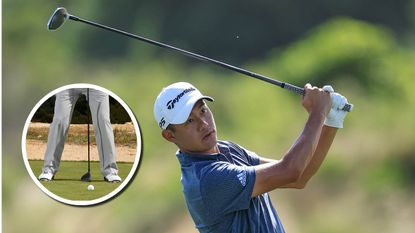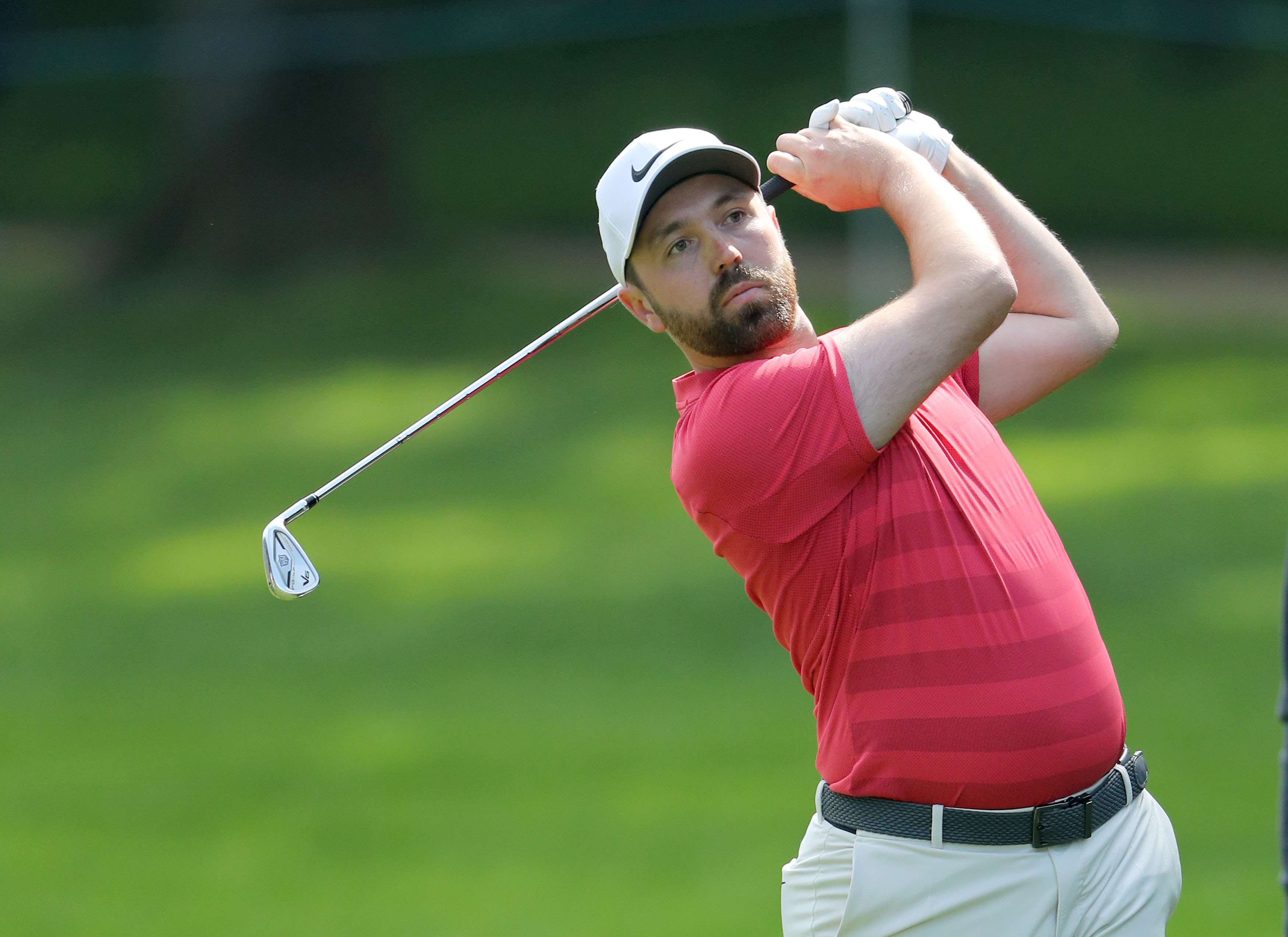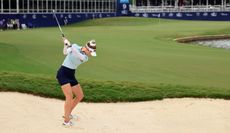Fairway Wood Ball Position Tips
Understanding the correct fairway wood ball position will allow you to hit cleaner, more consistent strikes. We asked two of our Golf Monthly Top 50 Coaches to help you master the basics...


If you struggle with your fairway woods, the root cause could be far simpler than you think. Finding the correct fairway wood ball position could transform your long game, helping you to improve the consistency of your strike and lower your scores.
With huge potential gains on offer here, we drafted in two of our Golf Monthly Top 50 Coaches, Rick Shiels and Dan Grieve, to give you all the information you need...
What Is The Correct Fairway Wood Ball Position?
Finding the perfect ball position for your swing is half the battle here. Start by asking yourself the following question: are you better with your driver or your irons? The answer should dictate how you approach your fairway woods going forward.
If your driver is more reliable, you should use a very similar address position.
Bring the ball forward in your stance - not as far as you would with the driver- around four-fifths of the way towards the left foot.
From this position, tilt your spine away from the target slightly to help encourage the sweeping motion you are aiming for. This will promote the most efficient strike with your fairway wood, especially if you have an in-to-out swing path.
Practise at the driving range until you find a position that feels comfortable, and repeat this pattern until you are confident you can rely on the shot when the time comes.
Get the Golf Monthly Newsletter
Subscribe to the Golf Monthly newsletter to stay up to date with all the latest tour news, equipment news, reviews, head-to-heads and buyer’s guides from our team of experienced experts.

Don't be scared to take a small divot when hitting your fairway woods
Alternatively, if you find you're better with an iron in hand, your set-up should reflect that. Move the ball a little further back in your stance - but make sure it is still ahead of centre - and keep your sternum centred so it feels like it's directly on top of the ball.
You should find this levels out your shoulders, which will create more of a descending blow on the ball and could lead to the odd divot. It's how some of the best players in the world hit a 3-wood off the ground, so don't be alarmed if you find yourself removing some dirt.
This method can produce a lower ball flight, with slightly less distance in the air, but will offer a key go-to shot when you are playing in testing conditions or just need to settle a few nerves.

Again, like all things in golf, it's crucial to find time to practise. These fairway wood ball position tips should serve you well by helping you add power, consistency and accuracy to this department of your game.

After turning professional, Rick worked at The Mere in Knutsford before moving to Trafford Golf Centre. It was here where the PGA professional started to film the majority of his content, and his YouTube channel now has over two million subscribers. As well as offering tips and drills, he's an equipment and golf course fanatic, which sees him create a wonderful variety of content for his growing audience. You can listen to Rick, too, with a new episode dropping every Tuesday on the Rick Shiels Golf Show Podcast.
- Dan GrieveTop 50 Coach
-
 The Chevron Championship Tee Times - Round Three
The Chevron Championship Tee Times - Round ThreeJin Hee Im and Atthaya Thitikul share the lead at eight-under-par, but World No.1, Nelly Korda, is only one shot back of the pair
By Matt Cradock Published
-
 RBC Heritage Tee Times - Round Three
RBC Heritage Tee Times - Round ThreeThe top nine at the RBC Heritage are separated by just two shots as the action heats up on the weekend at Harbour Town
By Ben Fleming Published